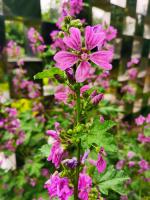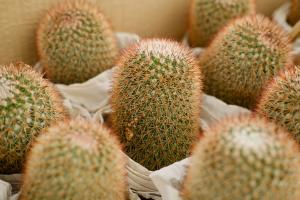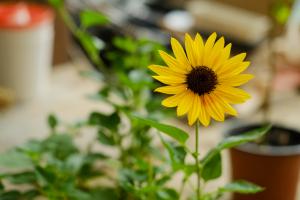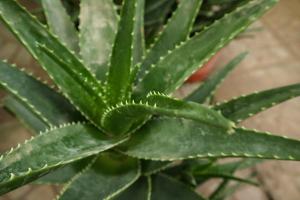How to Measure a Planting Pot
When it comes to planting, choosing the right pot size is crucial to the health and growth of your plant. However, with so many options available, it can be hard to determine which size to go for. In this article, we will go over the steps you need to take to measure a planting pot.
Step 1: Measure the Bottom
The first step is to measure the diameter of the bottom of your planting pot. This will give you an idea of how much room your plant will have to spread its roots. To do this, turn the pot upside down and measure across the widest point of the bottom.
Step 2: Measure the Top
Next, you will need to measure the diameter of the opening at the top of the pot. This will give you an idea of how much space your plant will have to grow and how much soil it will need. Measure across the widest point of the opening.
Step 3: Measure the Depth
Measuring the depth of your planting pot is important because it will determine how deep your plant can grow its roots. To do this, place the pot on a flat surface, and stick a measuring tape or ruler down into the pot until it touches the bottom. Make sure to measure from the top of the soil to the bottom of the pot.
Step 4: Calculate the Volume
Now that you have all of your measurements, it’s time to calculate the volume of soil your pot can hold. To do this, use the formula for the volume of a cylinder:
Volume = π × r2 × h
Where:
π is approximately 3.14
r is the radius, which is half the diameter
h is the height or depth of the pot
For example, if your pot has a diameter of 10 inches at the bottom, a diameter of 12 inches at the top, and a depth of 8 inches, the volume would be:
Volume = 3.14 × (52) × 8
Volume = 628.32 cubic inches
Step 5: Determine the Right Size
Now that you know how much soil your pot can hold, you need to determine the right size for your plant. A general rule of thumb is that the pot should be 1-2 inches larger in diameter than the root ball of your plant. This will give your plant enough room to grow without drowning in excess soil.
It’s also important to consider the type of plant you are growing. Some plants, such as succulents, prefer tight spaces and do better in smaller pots, while others, such as tomatoes, need plenty of room to grow and do better in larger pots.
Conclusion
Measuring the size of your planting pot is an essential step in ensuring the health and growth of your plants. By taking the time to gather accurate measurements and calculate the volume of soil, you can choose the right size pot for your plant’s needs.

 how many times do yo...
how many times do yo... how many planted tre...
how many planted tre... how many pine trees ...
how many pine trees ... how many pecan trees...
how many pecan trees... how many plants comp...
how many plants comp... how many plants can ...
how many plants can ... how many plants and ...
how many plants and ... how many pepper plan...
how many pepper plan...































